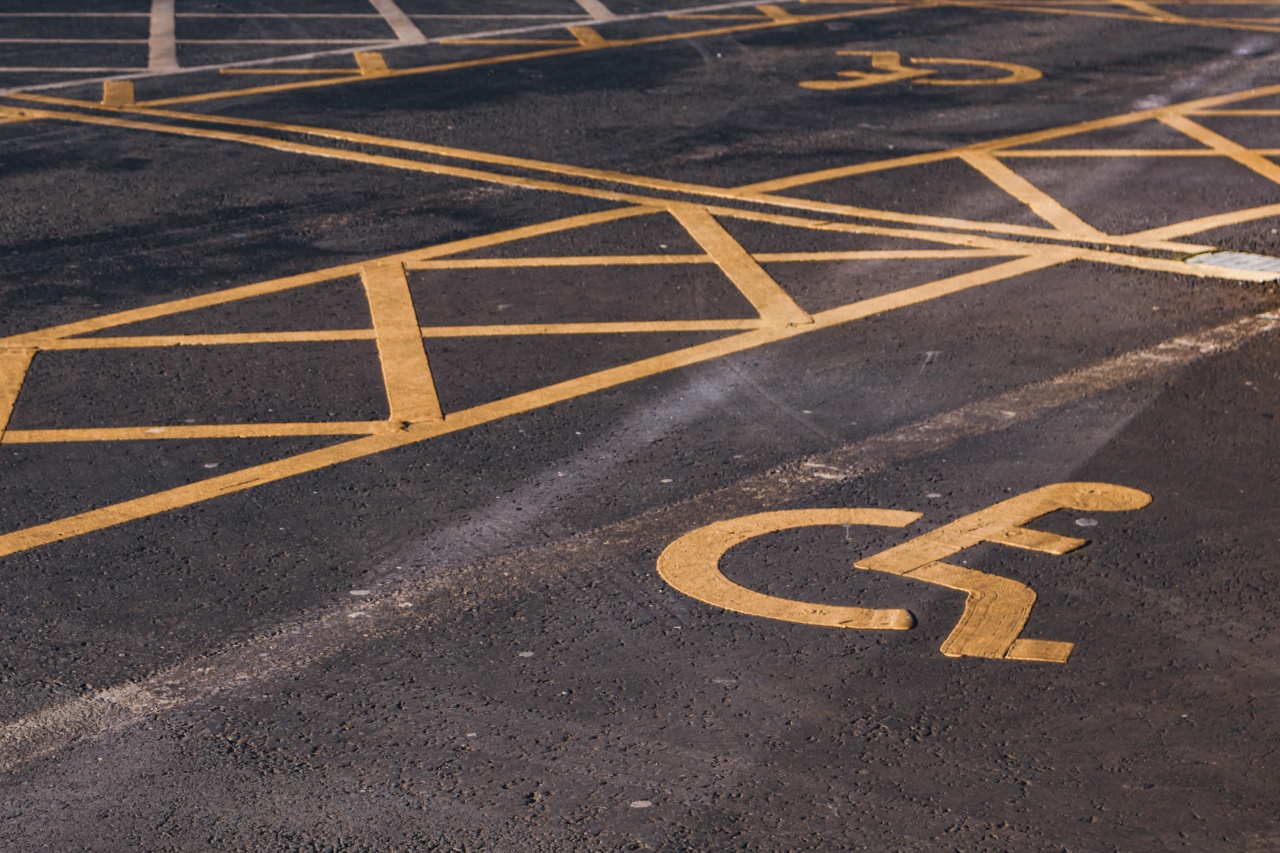A stroke occurs when blood flow to a part of the brain is stopped, resulting in damage to brain cells.
This can lead to various symptoms that affect your physical and cognitive abilities, such as weakness, numbness, impaired speech or vision, confusion, and difficulty walking.
According to the National Stroke Association, stroke is the fifth leading cause of death in the United States, and a leading cause of long-term disability.
The good news is that recognizing the warning signs of a stroke and seeking prompt medical attention can greatly increase the chances of recovery and reduce the risk of permanent damage.
Common Types of Stroke
There are two main types of stroke: ischemic and hemorrhagic.
Ischemic stroke occurs when a blood vessel that supplies the brain is blocked by a clot or plaque buildup, while hemorrhagic stroke occurs when a blood vessel ruptures and causes bleeding in the brain. Both types of stroke can have similar symptoms, but the treatment and long-term effects may differ.
Recognizing the Symptoms of Stroke
The symptoms of a stroke can vary depending on the location and severity of the brain damage, but there are some common warning signs to look out for:.
1. Sudden Numbness or Weakness in the Face, Arm, or Leg
One of the most common symptoms of stroke is sudden numbness or weakness on one side of the body, typically affecting the face, arm, or leg. You may notice that one side of your face droops, or that you cannot move or lift your arm or leg properly.
This is often accompanied by a feeling of tingling or pins-and-needles in the affected area.
2. Sudden Trouble Speaking or Understanding
Another common symptom of stroke is sudden difficulty speaking or understanding others. You may find yourself slurring your words, struggling to find the right words, or unable to comprehend what others are saying.
This can be very frightening and frustrating, and may lead to confusion or panic.
3. Sudden Vision Changes
If you experience sudden vision changes, such as blurred vision, double vision, or loss of vision in one or both eyes, this could be a warning sign of stroke. You may also have difficulty seeing things on one side of your visual field.
4. Sudden Severe Headache
Sudden, severe headache, especially if it feels different from your usual headaches, can be a sign of a hemorrhagic stroke.
If you have never had migraines before and all of a sudden, experience a very severe headache, this could also be from a hemorrhagic stroke. If you have a history of migraines, the headache from a hemorrhagic stroke may feel different than your typical migraines.
5. Sudden Dizziness, Loss of Balance, or Coordination Problems
If you experience sudden dizziness, loss of balance, or difficulties with coordination such as stumbling or falling, it could be a sign of a stroke. You may feel unsteady on your feet, as if the room is spinning or you’re unable to keep your balance.
What to Do if You Suspect a Stroke
If you or someone you know experiences any of these symptoms, it’s important to act quickly and seek immediate medical attention.
Time is of the essence when it comes to treating a stroke, and getting timely help can greatly improve the chances of recovery.
Call 911 or your local emergency number as soon as possible and describe the symptoms you’re experiencing. Don’t wait to see if the symptoms go away on their own, as the longer you wait, the more damage can be done to your brain.
Preventing Stroke
While some risk factors for stroke, such as age, gender, and family history, cannot be changed, there are several lifestyle changes you can make to reduce your risk of stroke:.
- Eat a healthy, balanced diet that is low in saturated and trans fats, cholesterol, and sodium
- Exercise regularly, aiming for at least 30 minutes of moderate activity on most days of the week
- Avoid smoking and limit alcohol intake
- Maintain a healthy weight
- Monitor and manage chronic medical conditions, such as high blood pressure, diabetes, and high cholesterol
Conclusion
Being aware of the warning signs of a stroke is crucial for getting timely medical attention and minimizing the damage to your brain. Remember to act fast and call 911 if you experience any of the symptoms listed above.
If you have any concerns or questions about stroke prevention or treatment, speak to your doctor who will be able to provide personalized advice.































